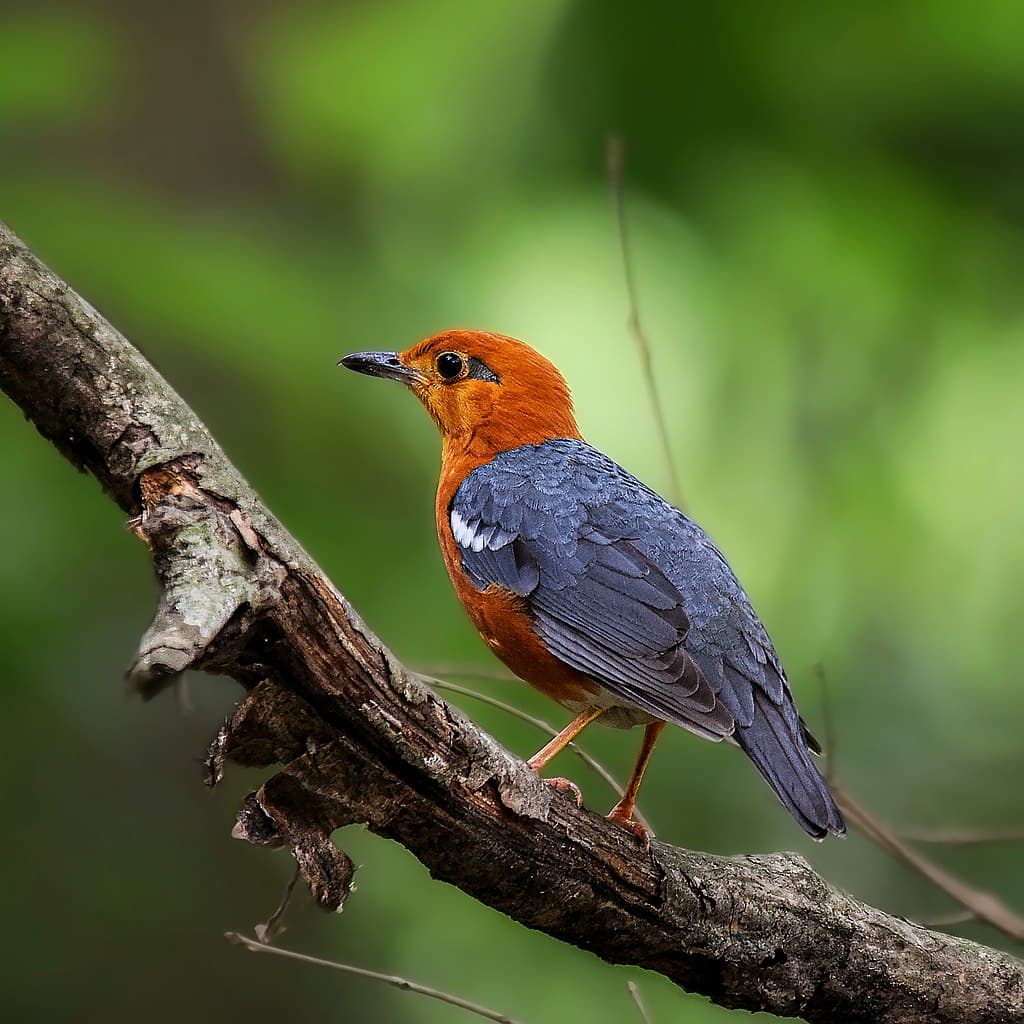Thrushes are small birds that have a worldwide distribution, and we have 5 thrush bird species in Cambodia. We even have them in our old song as well, and that is how I know about their name. It was a sort of love song, and I don’t know why the bird is the title of the song. But today, we are going to learn all about the 5 thrush bird species that we have in Cambodia.
Blue Rock Thrush (ពពិចថ្ម)
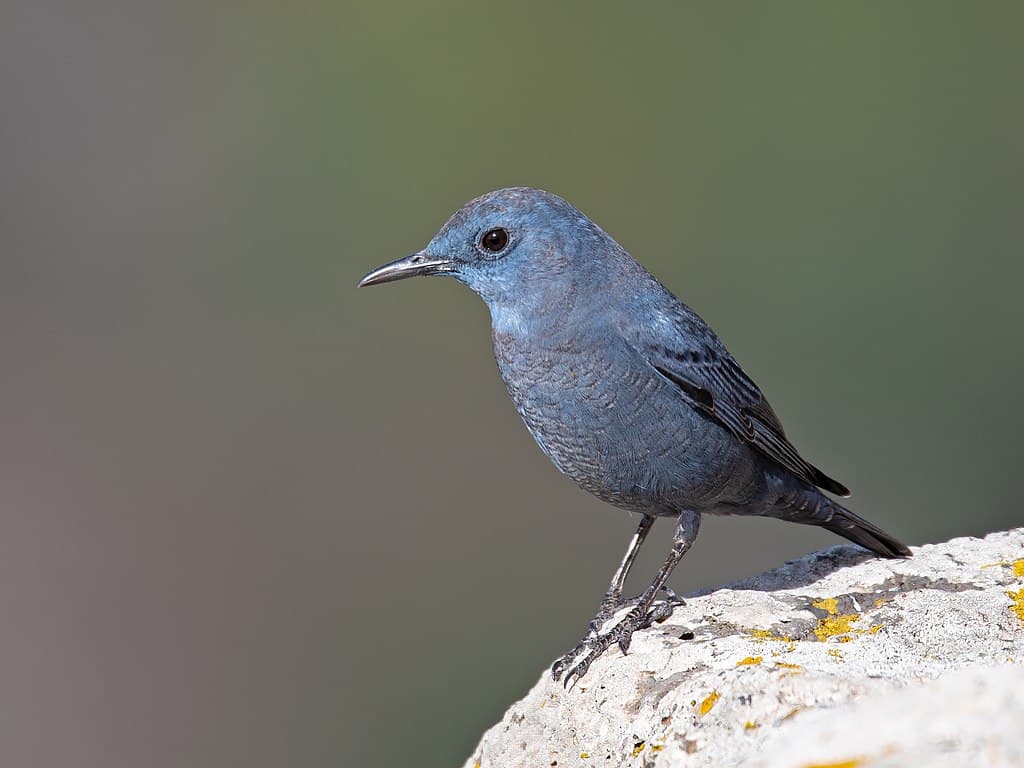
The blue rock thrush is around 21 to 23 centimeters in size, and it has an all-blue-gray plumage. Its wings are darker in color, and males look more attractive than the females when it comes to coloration. The adult males have a dark blue body with darker brown tails and wings. Meanwhile, adult females are dull browny blue-gray on the upper parts with a pale face and brown markings. This thrush bird species is migratory, and it has a distribution in Europe, North Africa, and Southeast Asia.
Across the 3 continents, they inhabit cliffs, mountain valleys, and rocky coastlines while the migratory ones live in forests, groves, and open meadows. These small birds feed on a variety of meals such as berries, insects, locusts, seeds, snails, spiders, and worms. If where they live has abundant food sources, they also feed on lizards, mice, and snakes. Their population is under threat due to egg collection, habitat loss, and illegal hunting for the pet trade.
Blue Whistling Thrush (ពពិចថ្មធំ)
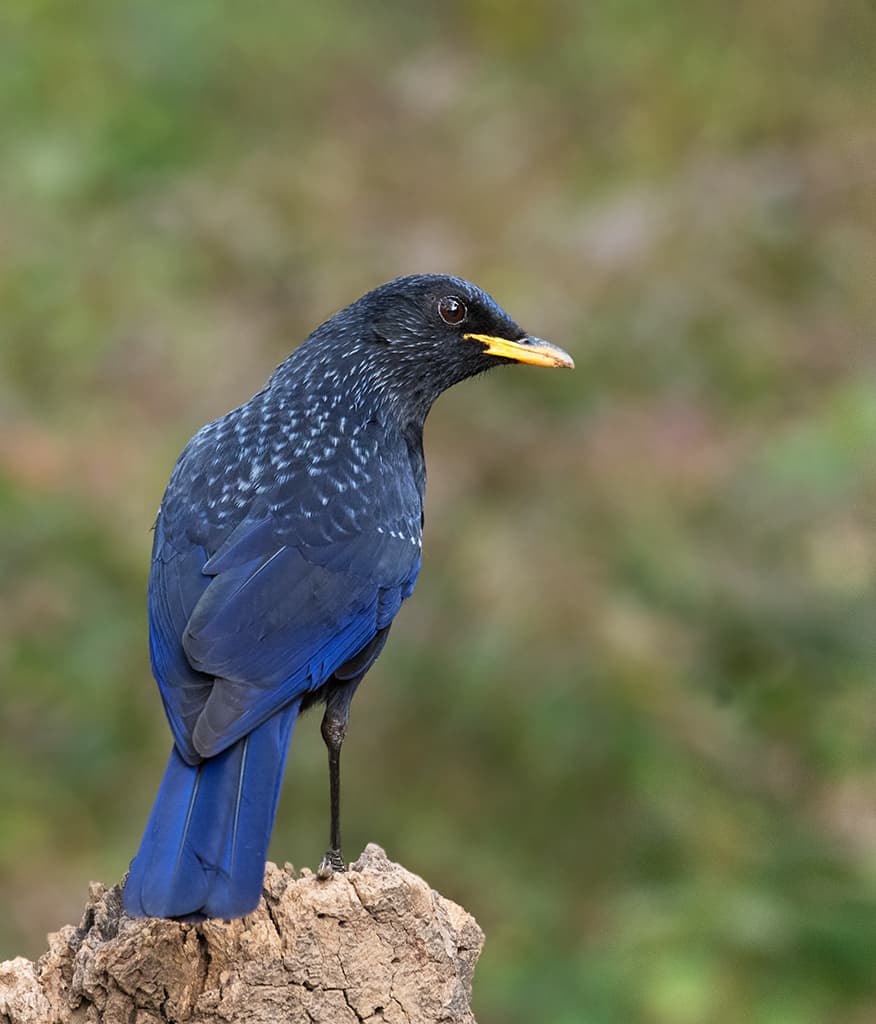
The interesting thing about the blue whistling thrush is that it makes a loud human-like whistling song at dawn and dusk. This thrush bird species is a beautiful individual with dark violet-blue plumage and shiny spangling all over. It is bigger than the previous thrush, measuring 31 to 35 centimeters in length. This species also has a wide distribution in the mountains of Central Asia, South Asia, and Southeast Asia. Blue whistling thrushes frequent gorges and ravines with deciduous forest as well as open bushes with some larger trees. Apart from these, they also live in gardens, mangroves, parks, scrubs, tall forests, and wooded islets.
Primarily, they feed on ants, beetles, earthworms, grasshoppers, insects, slugs, small crustaceans, and snails. They are smart birds that hop on rocks and move about in quick spurts. They turn over leaves and small stones to check for prey movements, and they break snails against a hard surface. So it is common to see them on the ground near rocky streams and even larger rivers. Along with that, they also consume berries and seeds.
Lesser Shortwing (ពពិចថ្មស្លាបខ្លី)
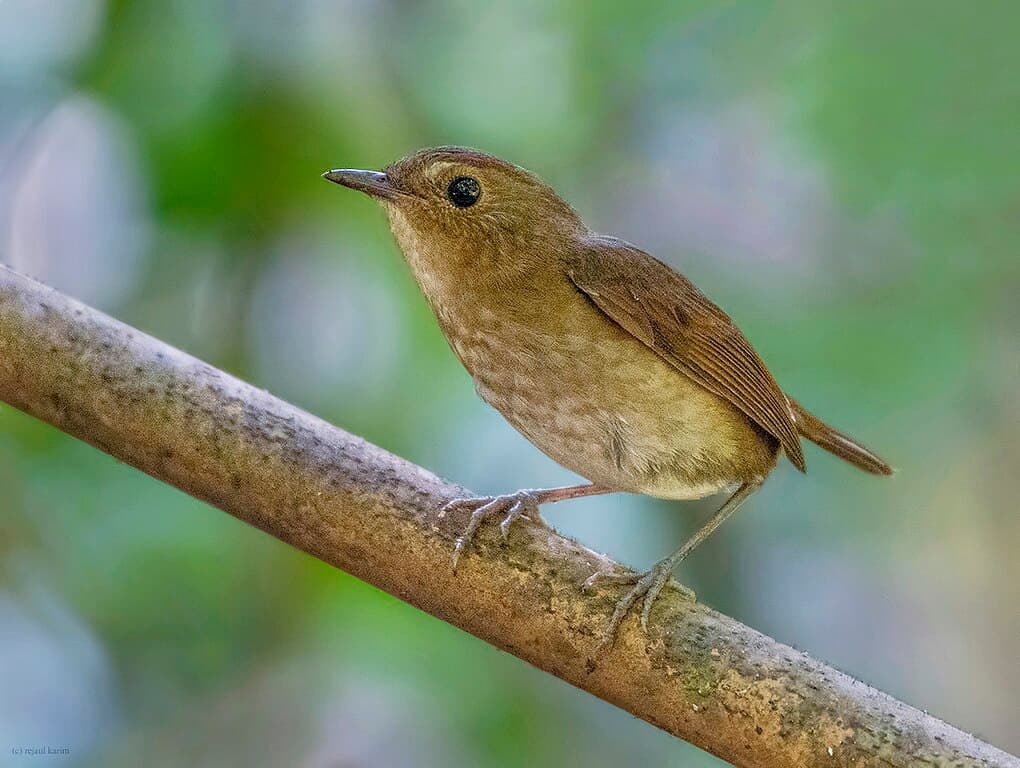
Lesser shortwing is a small round bird with a relatively short tail and wing feathers, just like the name suggests. Being so tiny, it is only 13 centimeters in size but it can fly quite fast with its tiny wings. It has olive-brown upper parts and white underparts with a light brown breast. This bird species has a distribution in Southeastern Asia and the Lesser Sundas where they inhabit subtropical or tropical moist montane forests. The lesser shortwing is usually found in areas with dense cover that are near moving water. As insectivores, this thrush bird species feed on a variety of insects, especially flies.
Orange-Headed Thrush (ពពិចថ្មក្បាលលឿង)
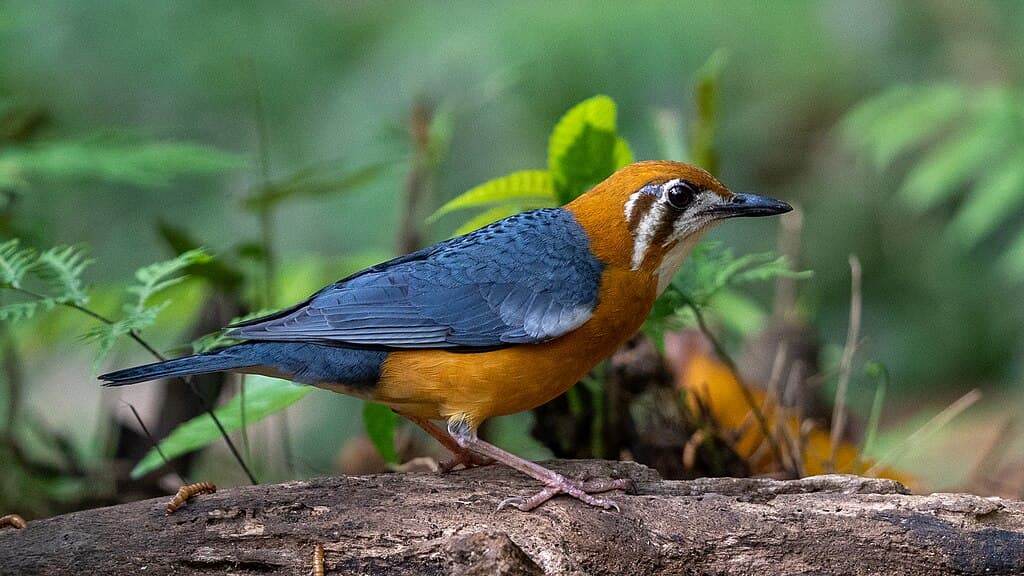
You can easily recognize this thrush bird species with its orange head and underparts with gray upperparts. From the front, it has white cheeks and throat along with two black stripes under each eye. This bird is around 24 centimeters long, and they are quite secretive so noticing one can be quite challenging. The orange-headed thrush lives in shady damp areas and well-wooded areas of the Indian Subcontinent and Southeast Asia. At the same time, they also inhabit bamboo forests and moist broadleaved evergreen woodlands with bushes and ferns. As omnivores, they feed on both fruits and insects as well as earthworms.
White-Throated Rock Thrush (ពពិចថ្មកស)
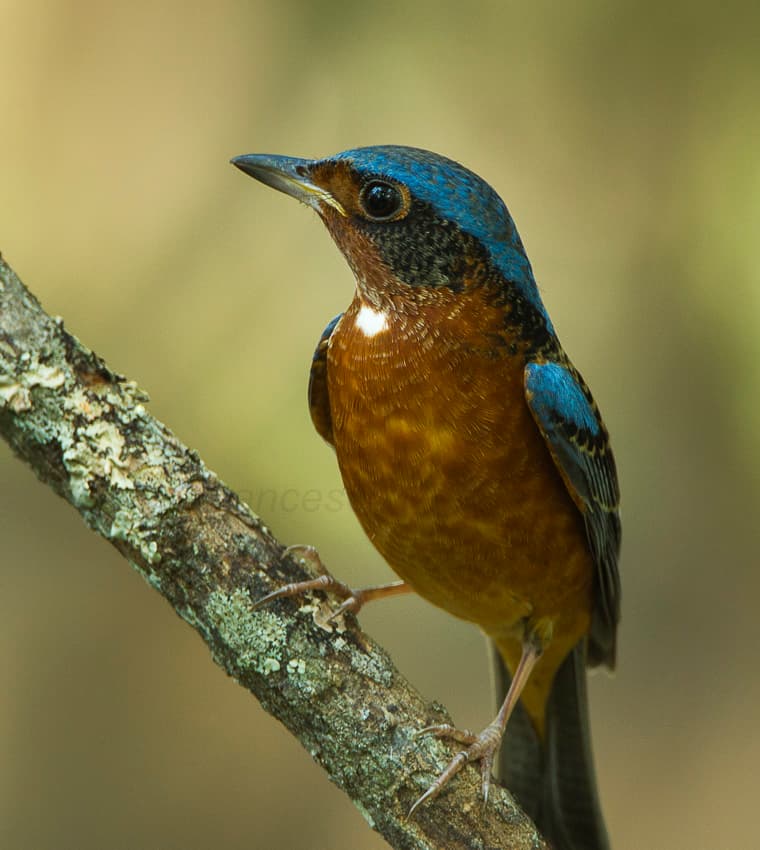
A white-throated rock thrush is from 16 to 19 centimeters in length, and it is a beautiful bird. The adult males have white patches on their chins and throats while the rest of the underside is chestnut-orange. As for adult females, they have brown to olive-brown upper parts along with bold scallop lower parts. When it comes to their natural habitats, these birds live in temperate forests but their breeding ground is in mixed montane forests. During their breeding months between May and September, they build their cup-shaped nests in trees. Normally, their diet mainly consists of invertebrates such as lepidopterans, mole crickets, and weevils.
Related Post: Barbet Species In Cambodia
